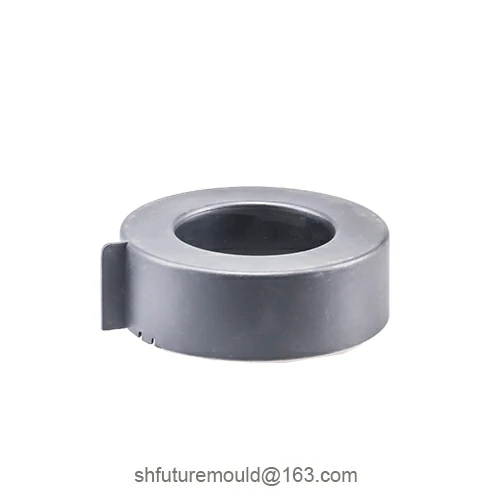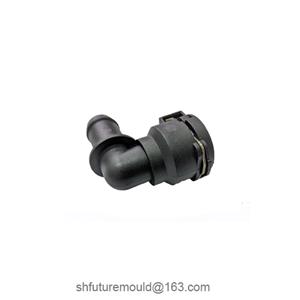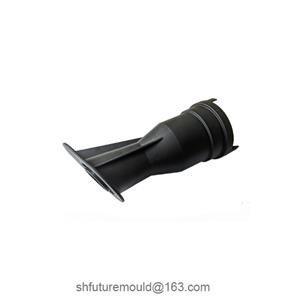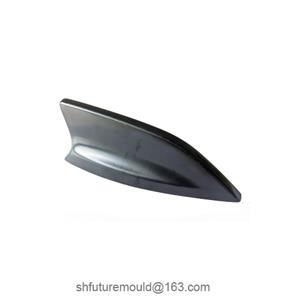The difference between cold work and hot work tool steels
Key differences:
1. Working temperature. Cold work tool steel is used for dies that operate at room temperature, while hot work tool steel is used for dies that operate at high temperatures.
2. Performance requirements. Cold work tool steel requires high hardness, wear resistance, strength, and toughness, while hot work tool steel requires high thermal fatigue resistance, wear resistance, and oxidation resistance.
Specific difference:
1. Chemical composition.
Cold work tool steel: higher carbon content, alloy elements mainly to increase hardenability and wear resistance, such as chromium and manganese.
Hot work tool steel: lower carbon content, alloy elements mainly to improve high-temperature hardness and thermal fatigue resistance, such as chromium, tungsten, and vanadium.
2. Microstructure:
Cold work tool steel: quenched or tempered at low temperature, that microstructure is tempered martensite or bainite.
Hot work tool steel: quenched or tempered at high temperature, the microstructure is tempered sorbate or granular pearlite.
- Injection Mold
- Automotive Injection Mold
- Electronics & Electrical Injection Mold
- Consumer Goods Injection Mold
- Airplane Components Injection Mold
- Medical Components Injection Mold
- Irrigation Components Injection Mold
- Injection Molds




